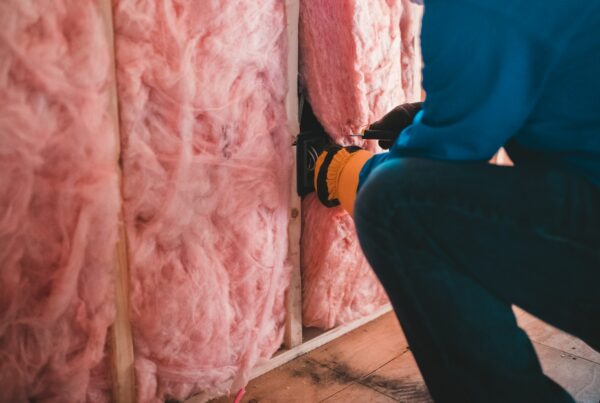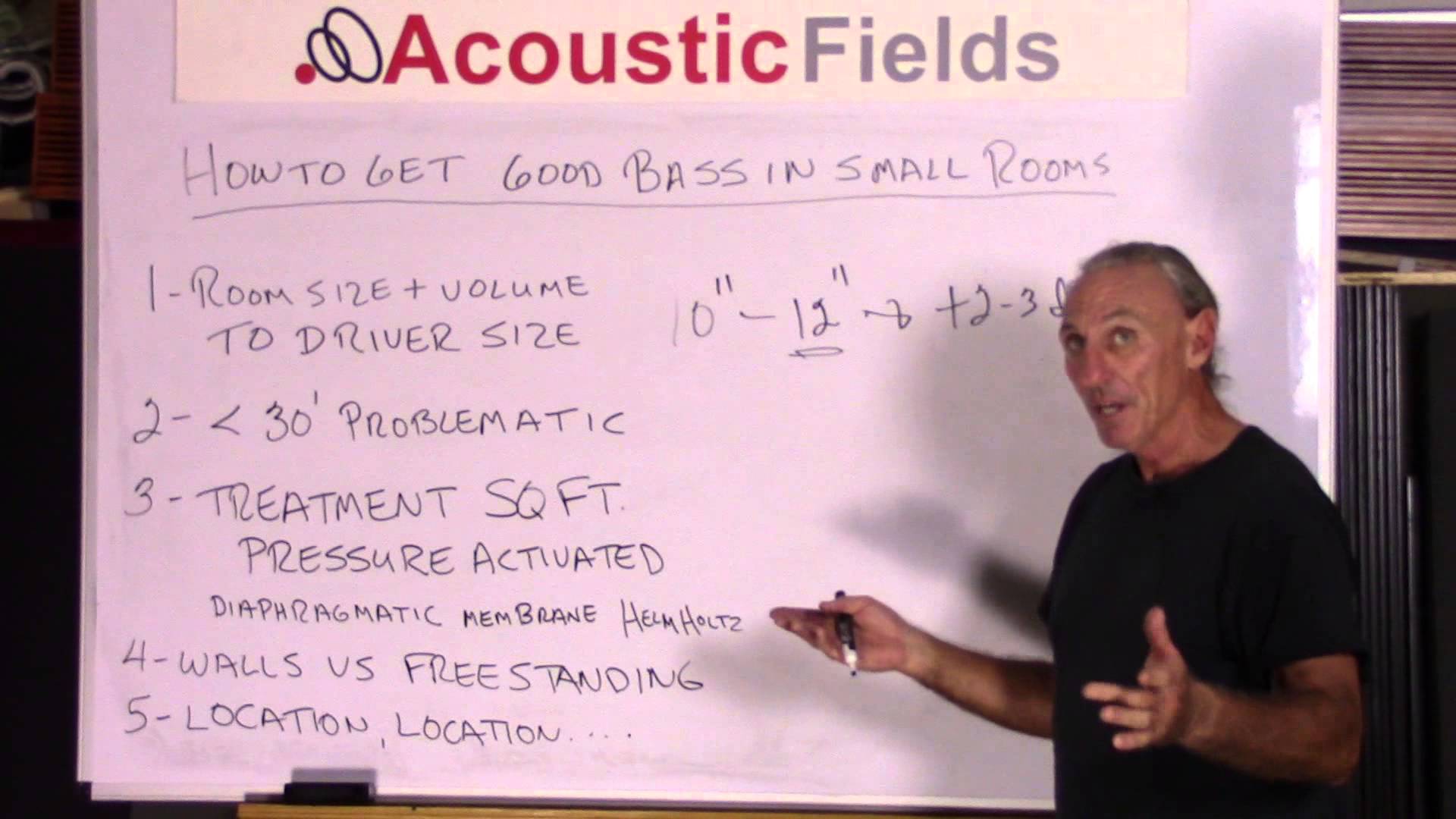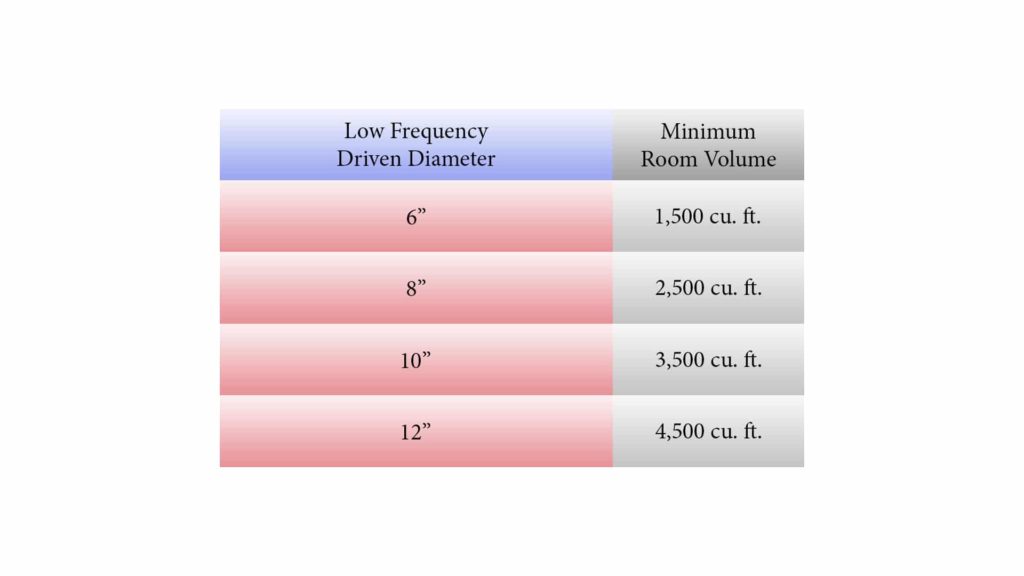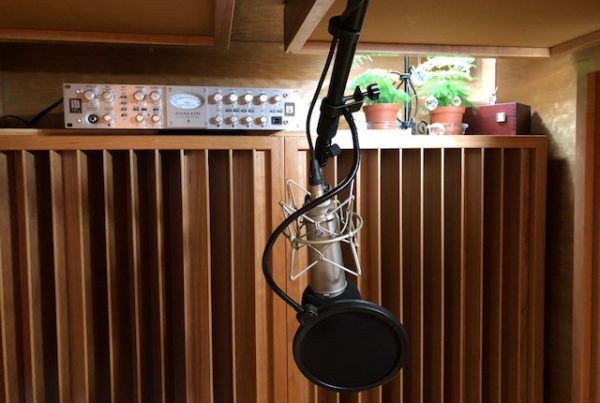We were digging through our R&D database and wanted to post up this information for all those of you who want to know more about matching your low frequency drivers diameter to your room size and volume. This data is a guideline and came from our 8 years of R&D building and testing rooms of different dimensions and shell structures. It accompanies the below video which we recently published and which people commented on asking for some specific guidelines so I hope this helps. If you have any questions please don’t hesitate to ask by leaving a comment in the below section or emailing me at dennis@acousticfields.com.
About Dennis Foley
I am an acoustic engineer with over 30 years’ experience in the business. My technology has been used in Electric Lady Land Studios, Sony Music of New York, Cello Music and Films founded by Mark Levinson, and Saltmines Studios in Mesa, Arizona, along with hundreds of others.
Related Posts

Sound Proofing Insulation Debunked: Understanding Effective Noise Management Solutions
Dennis FoleyFebruary 3, 2024







